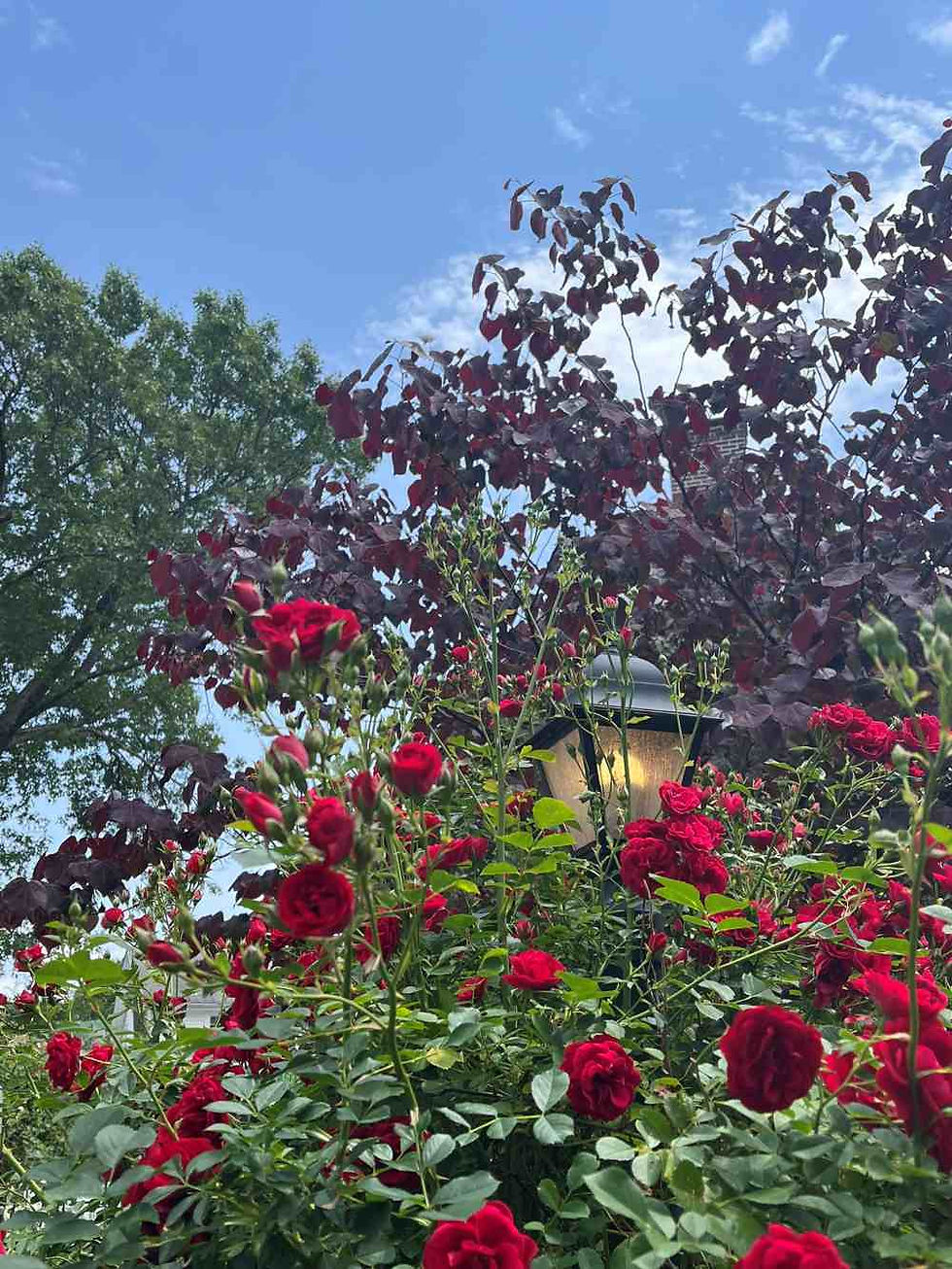The Horror Genre and Misogyny
- LaCalaveraCat
- Sep 23, 2024
- 4 min read
Updated: Sep 23, 2024

Photo by Nathan J Hilton on Pexels
I have always loved the horror genre. I devoured Stephen King books as a kid, and in my post-college years, I immersed myself in independent and foreign horror.
In fact, I was probably so inured by years of horror consumption that I lost the ability to tell what is or isn’t scary. In a move unlikely to win me any mother-of-the-year awards, I showed my elementary-aged daughter the PG-rated Coraline. I loved it for its spooky, but whimsical, aesthetic as well as for its thoroughly compelling story of a young girl trying to find her way and her place in a new town. My daughter was repelled by the scary portrayal of the evil mother, with her black-button eyes and sharp, sharp, sharp sewing needles.
Aside from that temporary lapse of good judgement, I have kept my horror tastes to myself. I’ve stood by it when critics decry its formulaic storylines, and I’ve kept watching despite the fact most stories and movies are fabulous at building up suspense in the first half but can never seem to tie threads together and keep that feeling of tension going in the final act (most likely because the things that scare us the most are the things we don’t see but can imagine. Once we’ve seen the monster, our brains begin rationalizing it away, and we’re no longer scared. But that’s a post for another day).
I tend not to gravitate toward extreme gore or torture porn (the type found in movies like Hostel and Saw). Instead, I love ghost stories and the paranormal. Movies like 1408, which explore the ghosts of our traumatic pasts, are much more my speed. I generally love all ghostly tales and demonic and witchy narratives.
Spoilers ahead for The Autopsy of Jane Doe.
Which is why I was drawn to The Autopsy of Jane Doe, directed by André Øvredal. The reviews were generally favorable, and it scored an 86% on Rotten Tomatoes. Some praised its slow buildup of tension and horror. Others praised its feminism, a movie where a witch gets revenge.
I was ready for a feminist movie, given the glut of horror movies rife with misogyny. I was ready for a movie that eschewed the tired virginal “final girls” trope, and the copious buckets of blood spilled from scantily clad teenagers. The woman in this movie, was already dead, what more could the characters do to her?
Quite a lot, as it turns out.
In fact, we spend the entire movie watching two men dissect the naked body of Jane Doe. And of course, Jane is young and supermodel beautiful. The movie, indeed, makes it a point that despite the terrible tortures and traumas this witch has been through, it is only her internal organs that show any signs of distress. Her body is unblemished, perfectly still, and quiet, for the audience to consume the entire movie.
As the father-and-son mortuary duo, the stars of the movie, conduct their autopsy on Jane’s silent body, she somehow unleashes her powers set out to destroy them in some vague sense of gender rage.
The gargantuan problem with this being some kind of filming of female rage and feminist power statement is the fact that the main female character is dead and DOES NOT SPEAK for the entire movie. Her body is still commodified for the movie-going audience. She has no agency, other than flickering lights and setting ghosts upon the two hapless male characters. The audience then begins to relate to the father and son because they talk, they share their background stories, their past griefs. The son is a caring young man who just wants to help his aging father out. How can the audience not side with him as the ghostly terrors ratchet up?
We get nothing like that from Jane Doe. We never even learn her real name. And while we get to see her tortured insides, we never learn why she was burned as a witch or who she was in her own time.
When I finally finished the movie, I felt sick. This was not a horror movie with feminist messaging. Not by a long shot. There’s no feminism in a complete lack of agency of a dead female body being slowly cut open by male characters. I suppose the director could always say that that is the point, to make you feel terrible while watching these terrible things done to this beautiful young woman. That feels like a copout to me. How is that different from any other horror movie? The purpose of story is to connect us to the people we’re watching, and with a lack of any background or character given to Jane Doe, there is zero there to connect her to the audience.
For me, I much prefer horror movies like The Babadook, which shows the terror of a woman processing extreme grief while having to be a mother to a child that she feels disconnected from. Give me the badass Ripley in Alien, as she fights her way to survival in the first movie and channels her maternal rage to fight another mother in Aliens. It Follows shows that you can have a horror movie where a woman isn’t shamed for having sexual desire and can take steps to rid herself of the stigma that can follow a woman around for having that desire.
So, there are ways to indulge in the terrifying delights of the horror genre without falling into the same old anti-feminist tropes, but I will just have to be a bit more careful when watching movies that seem to have avoided the stereotypical genre trap.




Comments